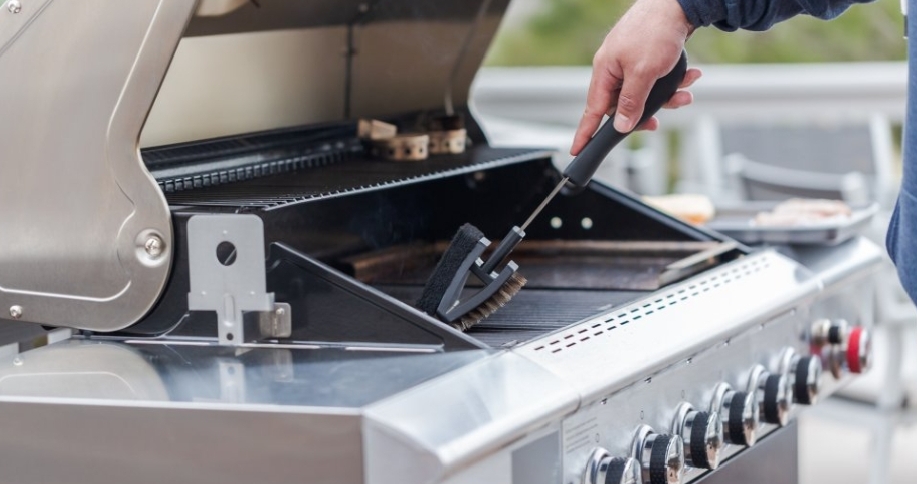In the world of electronics manufacturing, efficiency and optimization are key drivers of success. When it comes to printed circuit boards (PCBs), designers and manufacturers are constantly seeking innovative solutions to streamline production processes and enhance performance. One such solution gaining popularity is the single-sided PCB, a versatile and cost-effective option that offers numerous benefits across various applications.
A single-sided PCB, as the name suggests, consists of a single layer of substrate material, typically fiberglass-reinforced epoxy laminate, with conductive traces and components mounted on one side. This simplicity in design makes single-sided PCBs well-suited for applications where space and cost constraints are significant factors.
One of the primary advantages of single-sided PCBs is their cost-effectiveness. Compared to multi-layer PCBs, which require multiple layers of substrate material and complex manufacturing processes, single-sided PCBs are simpler and more economical to produce. This makes them an attractive option for low-cost electronic devices and consumer products where minimizing production costs is a priority.
Additionally, single-sided PCBs offer greater flexibility and ease of assembly. With components mounted on only one side of the board, assembly processes are simplified, reducing the time and labor required for manufacturing. This efficiency not only accelerates production cycles but also lowers overall manufacturing costs, making single-sided PCBs a preferred choice for high-volume production runs.
Furthermore, single-sided PCBs are well-suited for applications where space constraints dictate the size and form factor of the electronic device. The compact design of single-sided PCBs allows for smaller and lighter end products, making them ideal for portable electronics, handheld devices, and space-constrained installations.
In addition to their cost-effectiveness and efficiency, single-sided PCBs offer adequate performance for many low- to medium-complexity electronic applications. While they may not offer the same level of signal integrity and noise immunity as multi-layer PCBs, single-sided PCBs are suitable for a wide range of applications, including consumer electronics, lighting fixtures, automotive systems, and more.
When sourcing single-sided PCBs, partnering with a reliable PCB supplier is essential to ensure quality, consistency, and timely delivery. A reputable PCB supplier will have the expertise and capabilities to manufacture single-sided PCBs to exact specifications, using high-quality materials and state-of-the-art manufacturing processes.
Whether it’s prototyping a new electronic device or scaling up production for a commercial product launch, working with a trusted PCB supplier can streamline the procurement process and ensure that single-sided PCBs meet the performance and reliability requirements of the application.
In conclusion, single-sided PCBs offer a cost-effective, efficient, and versatile solution for a wide range of electronic applications. With their simplicity in design, ease of assembly, and compact form factor, single-sided PCBs are well-suited for products where space, cost, and performance considerations are paramount. By partnering with a reputable PCB supplier, manufacturers can leverage the benefits of single-sided PCBs to drive innovation and success in today’s competitive electronics market.




